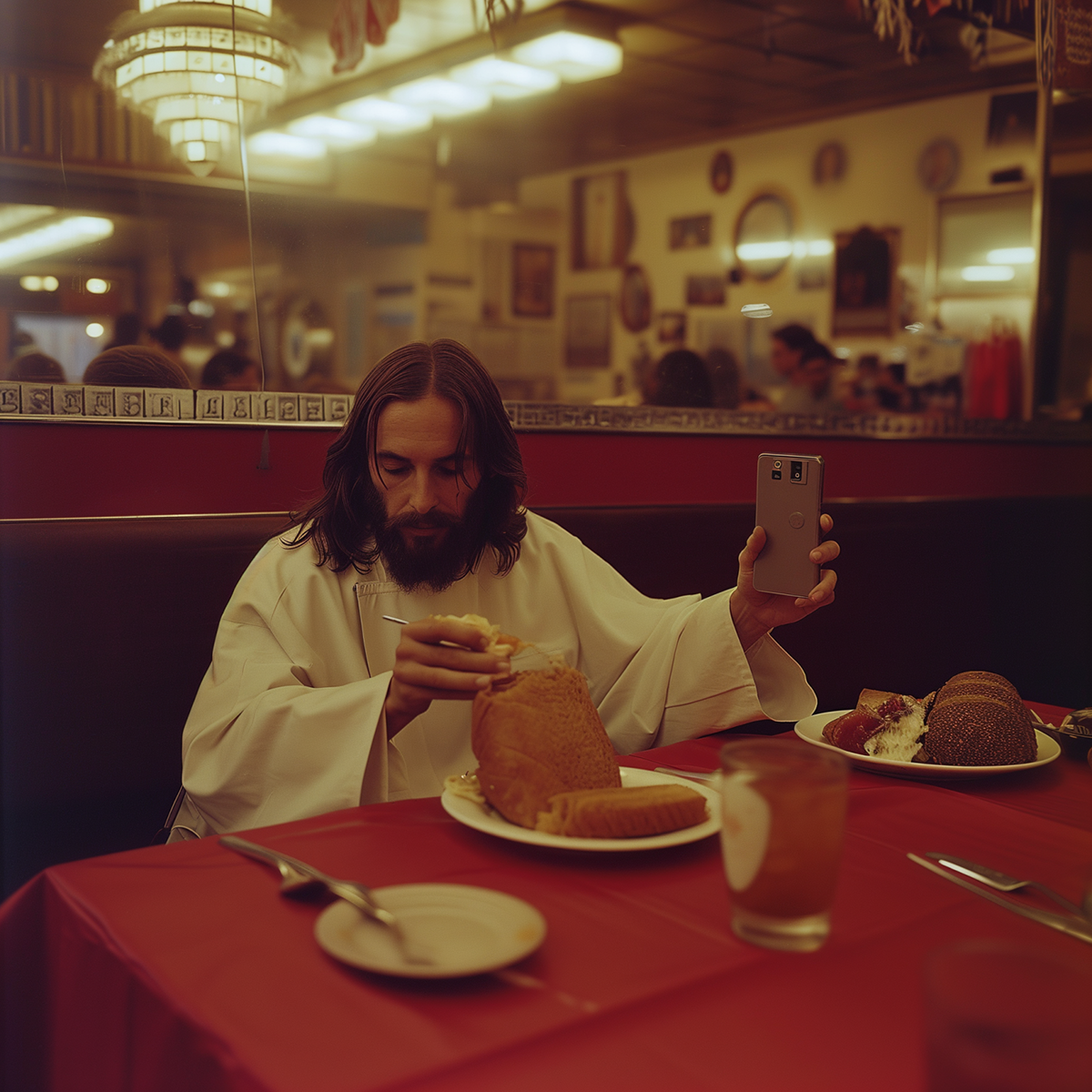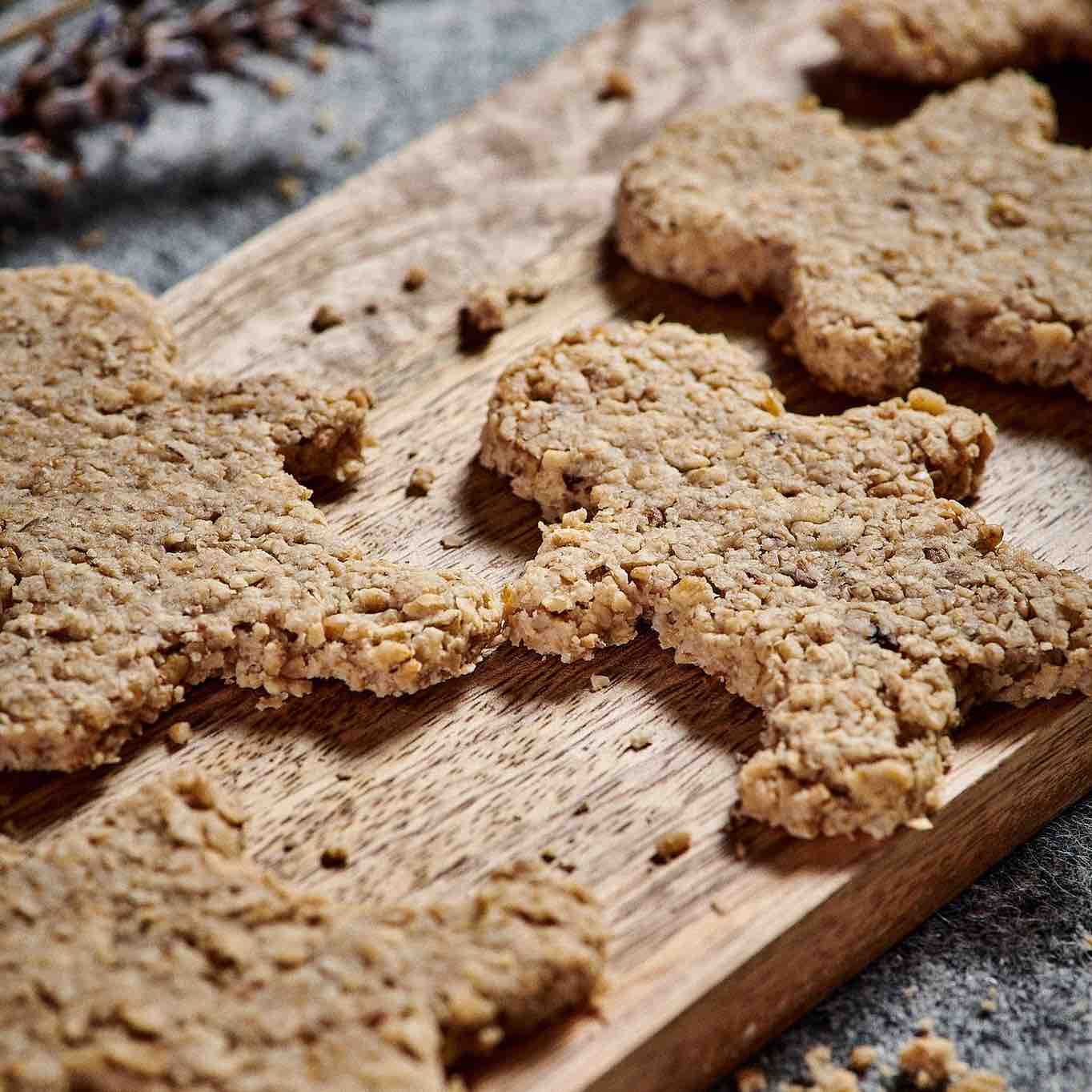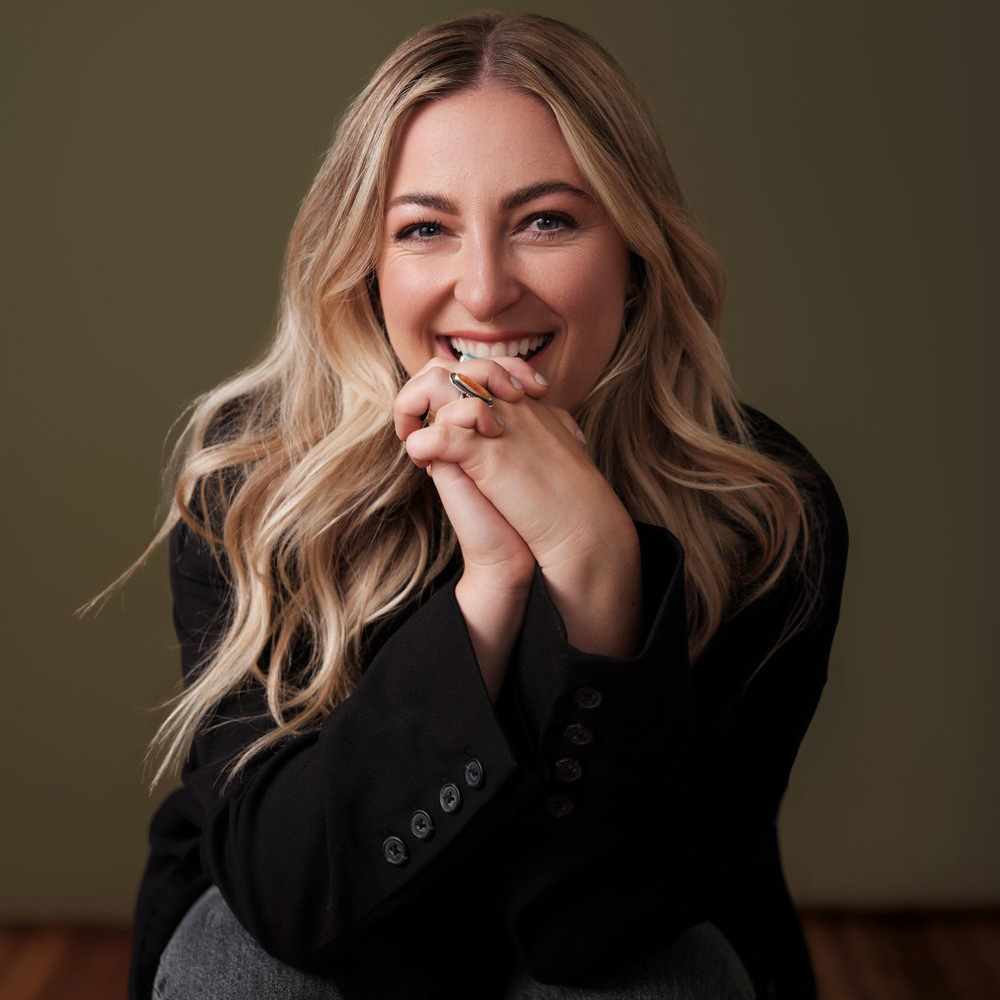In an era where artificial intelligence is reshaping creative industries, photography is at a pivotal moment. We spoke with Niall Horton-Stephens, founder of the Horton-Stephens Photo Agency, to explore AI’s growing influence on photography—examining both the ethical concerns, such as deepfakes and copyright infringement, and the creative possibilities it unlocks.
Joining the conversation, photographer Laura Buechner shares her perspective on integrating AI into photography while preserving emotion and authenticity.
As AI continues to evolve, how can photographers and clients adapt? Let’s dive into their insights on the opportunities and challenges shaping the future of photography.
Niall Horton-Stephens on AI in Photography
As an industry expert, Niall Horton-Stephens has witnessed firsthand how AI is affecting photographers, agencies, and clients. “AI is transforming the way we approach photography, both in terms of creative possibilities and the potential ethical dilemmas it presents,” Niall says.
Given that AI can now alter real images to create misleading visuals, how should laws differentiate between legitimate photo editing and harmful manipulation, such as deepfakes?
The capability to edit and adapt images has existed since the dawn of photography, but AI has put unparalleled opportunity to create in our hands. As always it’s not the tools that we use, but the people that use them. We're committed to defining our own ethical guidelines and, within our industry, we must collectively strive to establish and uphold best practices.

Many AI models are trained using existing photos, often without the original photographers’ consent. Should this be considered fair use, or does it violate copyright laws?
Personally, I believe there is a spectrum of acceptability. When a specific photographer’s style is used as part of an AI prompt, I find that appalling. However, if the image generation software draws from millions of references, is that really different from how our own visual literacy is shaped by our surroundings? if AI is simply one tool in an artist’s creative process—one that involves countless human decisions, including 2D retouching and color grading—perhaps that constitutes authorship in an acceptable way.
How do you see AI evolving in photography in the future?
It’s not going away, so it’s up to us to shape the way it is used, to police the excesses, and in some parts, embrace the incredible opportunities.
Some argue that AI-generated photography devalues human artistic effort, while others claim it simply provides new creative tools. Where do you stand on this issue, and why?
Again, AI creative output can be seen to occupy a place on a spectrum. AI is capable of doing quick, cheap, and lazy very well, and unfortunately some clients will want that. For ourselves and many industry colleagues, we’ve always striven to elevate the mediums within which we work, and we believe that can be true within AI creation. Quick, cheap, lazy may get you 80% of the way, but we intend to occupy the space where there is a very significant human creative process shaping what we do and which will require time, effort, and most of all, close collaboration with creative agency partners/clients to take it all the way.
Should AI-generated images be labeled to inform viewers that they are not real photographs? If so, what level of transparency is necessary to maintain ethical integrity?
Yes! It feels like everyone has sat on their hands in this respect, but in trying to establish best working practice, our site marks images as either entirely AI or partly AI. We think that’s the right thing to do.
Do you see AI as a threat to traditional photography agencies, or do you think it offers new creative opportunities for photographers and clients?
Change is always a threat. It’s unsettling and there will be winners and losers. I distinctly remember the onset of digital and replacing the traditional film workflow. Everyone was worried at first and then gradually the new science was adopted. Happily, the photographers that shone through weren’t just tech heads. Actually, at that time, two of our most established and venerated photographers (Gered Mankowitz and Patrick Lichfield), known for truly iconic film photography, were the earliest adopters and used digital to great advantage.

What ethical guidelines should agencies establish to ensure that AI-generated images don’t misrepresent reality in commercial advertising?
Image labelling would be great, but it never happened with digital retouching, so it’s fanciful to expect clients to sufficiently identify AI content. Use with integrity is our best hope. I cannot imagine McDonald’s risking the dreadful publicity that would ensue if AI created their burgers. Equally, and especially, in pharma, the same will be true. Actually, the need for total veracity/integrity will continue to give pure photography a huge place in the future landscape.
What new business opportunities could arise for photography agencies that embrace AI rather than compete against it?
Well, there is the aforementioned "quick, cheap, easy" for those that accept that. For what we want to be doing ourselves, there is the tantalizing offer of new horizons and creation without limits.
How might AI impact the relationship between photographers, clients, and agencies when it comes to creative collaboration?
Our goal is that it affects the relationship less than you might think. So long as we all value each other’s roles above the AI's capabilities, then I hope not too much will change. When we create images to a very detailed brief, as we do, the process is paramount. For instance, even with AI, I can see us engaging stylists and location scouts to provide an opportunity for art directors, account managers, and clients to engage in discussions that will lead the AI creation. Thereafter, we intend to design in ample opportunity for all involved to steer the process.
What unique qualities do human photographers bring to commercial photography that AI cannot replicate, or vice versa?
I think that the human qualities that make the difference between mere image capture and creative image making can all be present in AI creation. Equally, the absence of human creativity leaves both photography and AI image making, profoundly diminished.

Laura Buechner on Maintaining Authenticity in the AI Era
As the world of photography evolves with the rise of AI, renowned photographer Laura Buechner is navigating how to incorporate new technologies while staying true to her emotional and modern aesthetic. “For me, AI is just another tool in the creative process,” she explains. “While I’m always exploring new technologies, the emotional impact of the image is still the most important thing.”
In this interview, Laura shares her thoughts on the balance between AI’s technical capabilities and the human connection that makes a photograph compelling. She explores the role AI plays in redefining photography, ensuring authenticity, and addressing the ethical challenges that come with AI-generated imagery.
Can AI ever replicate the emotional depth that a human photographer captures in an image?
AI can mimic emotional depth by analysing millions of images and learning how light, composition, and subject interactions convey emotion. However, true emotional depth stems from a photographer's or promptographer's connection to their subject and lived experience, something AI cannot replicate. AI can assist in amplifying emotional elements, but it will always be the intuitive, human touch that breathes life into an image through artistic skill and intention.
What ethical challenges do you foresee with AI-generated photography, especially in commercial or editorial contexts?
One major challenge lies in intellectual property (IP) rights, particularly with AI-generated models. If a purely AI-generated model bears a strong resemblance to a real person, it could lead to disputes or lawsuits. This raises complex questions about ownership and accountability. IP rights will undoubtedly become a crucial issue as AI-generated content becomes more prevalent, requiring clear legal frameworks to address potential conflicts.

How can photographers maintain authenticity when audiences might question whether an image is AI-generated?
Photographers can maintain authenticity by being transparent about their creative process, including how AI was used. They should embrace the hybrid nature of their work and make their intent clear. Building trust through a strong personal brand and openly engaging in discussions about AI's role in their art will help audiences connect with their vision.
Does the accessibility of AI tools to non-professionals risk over saturating the industry with generic content?
Yes, but that’s not necessarily a bad thing. While it may lead to an influx of generic content, it also pushes professionals to innovate and differentiate themselves. Quality and originality will stand out more than ever. The challenge lies in how photographers and artists use AI tools to craft unique perspectives, rather than relying on templates.
If you could influence one aspect of AI development in photography, what would it be and why?
I’d prioritise developing AI that collaborates with creatives, rather than automating creativity. The goal should be tools that enhance human vision, not replace it. For example, AI could offer adaptive suggestions based on a photographer’s unique style or help simulate real-world effects in virtual environments. This ensures the technology remains a partner in creation, not a substitute.
In conclusion, we extend our heartfelt thanks to both Niall and Laura for sharing their valuable insights on the evolving landscape of photography and the transformative impact of AI on the industry. Check our their work!
Laura Buechner and Niall Horton-Stephens
Final Thoughts
As AI continues to shape the photography industry, it’s clear that its impact will be profound. From ethical dilemmas to creative breakthroughs, photographers will need to adapt, innovate, and find new ways to stay true to their artistic vision. With the guidance of experts like Niall Horton-Stephens and the thoughtful approach of photographers like Laura Buechner, we can expect AI to become a valuable tool in the photographer’s arsenal—one that enhances creativity without compromising the authenticity of the image.

AI-Generated Images and Creativity
AI-generated images, created by tools like DALL·E and MidJourney, challenge traditional notions of photography. These tools use learning to create realistic images from text prompts, opening up new possibilities for commercial use and visual storytelling. While some argue that AI-generated imagery threatens traditional photography, others see it as an expansion of creative expression.
Smartphones have already been transformed by AI, making high-quality photography more accessible to everyday users. Features like Night Mode, portrait enhancements, and AI to optimise settings in real-time, ensuring the best possible shot.

Ethical and Professional Implications
As AI continues to advance, ethical questions arise. How do we differentiate AI-generated images from real photography? Should AI-edited photos be disclosed? The rise of deepfakes and manipulated imagery also raises concerns about misinformation and authenticity in journalism and social media.
On the professional side, AI automation may reduce the demand for certain photography-related jobs. However, it also creates new opportunities for those who can adapt and incorporate AI into their work.
The Future of AI in Photography
AI will likely continue to evolve, offering even more sophisticated tools for photographers. We may see AI-driven cameras that can compose shots, do real-time editing, and further improvements. The challenge for photographers will be to balance technology with artistic vision, using AI as a tool rather than a replacement for human creativity.
AI is changing the landscape of photography, offering both challenges and opportunities. While it automates certain aspects of the craft, it also enhances creativity and efficiency. The key is to embrace AI as an ally, using it to push the boundaries of photography rather than allowing it to replace the artistry and skill that define the medium.
Header Image: Sabine Sheer

%20(2100%20x%20405%20px).png)


